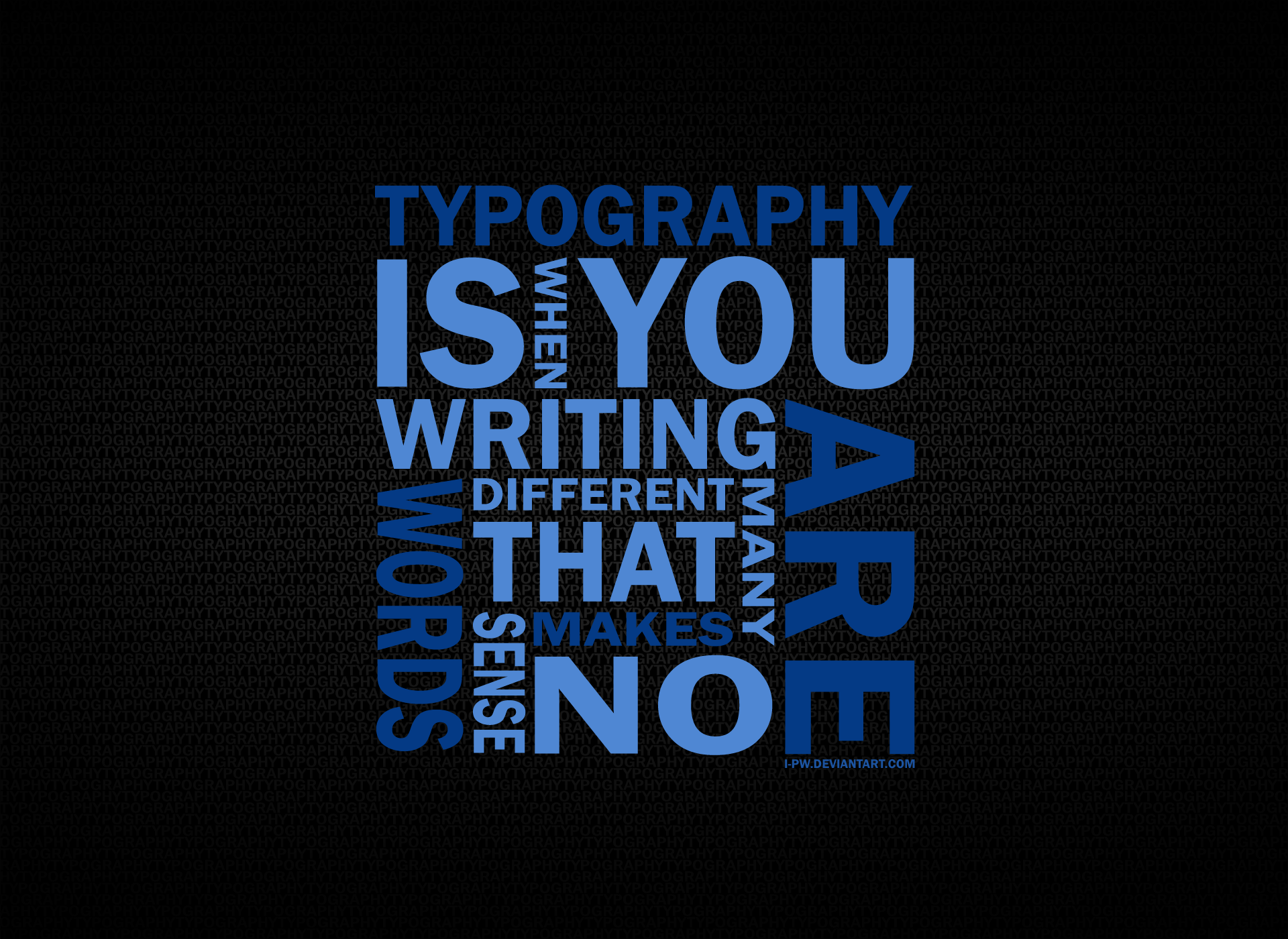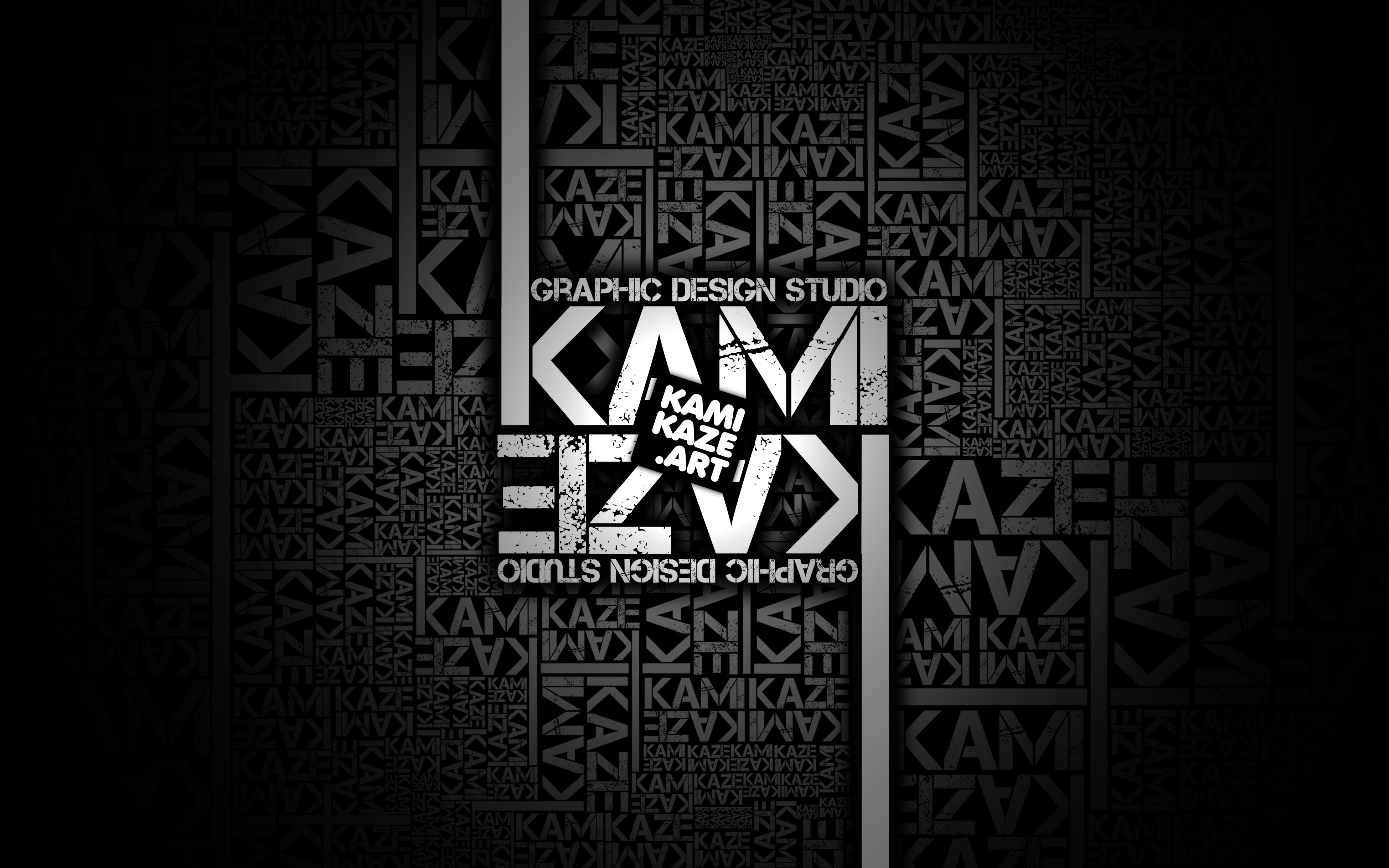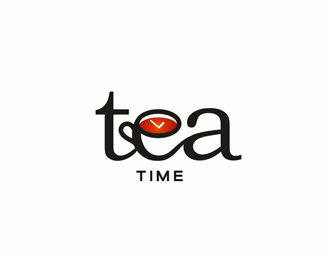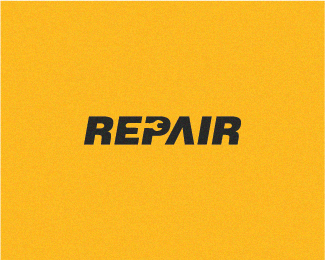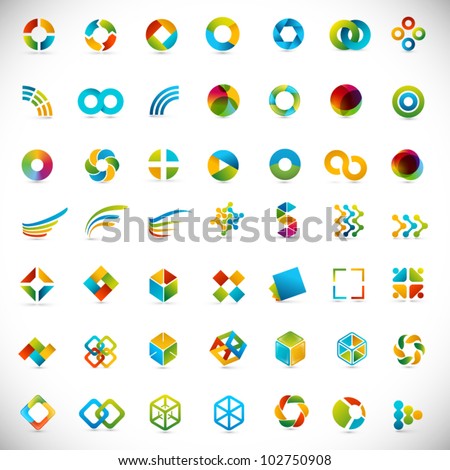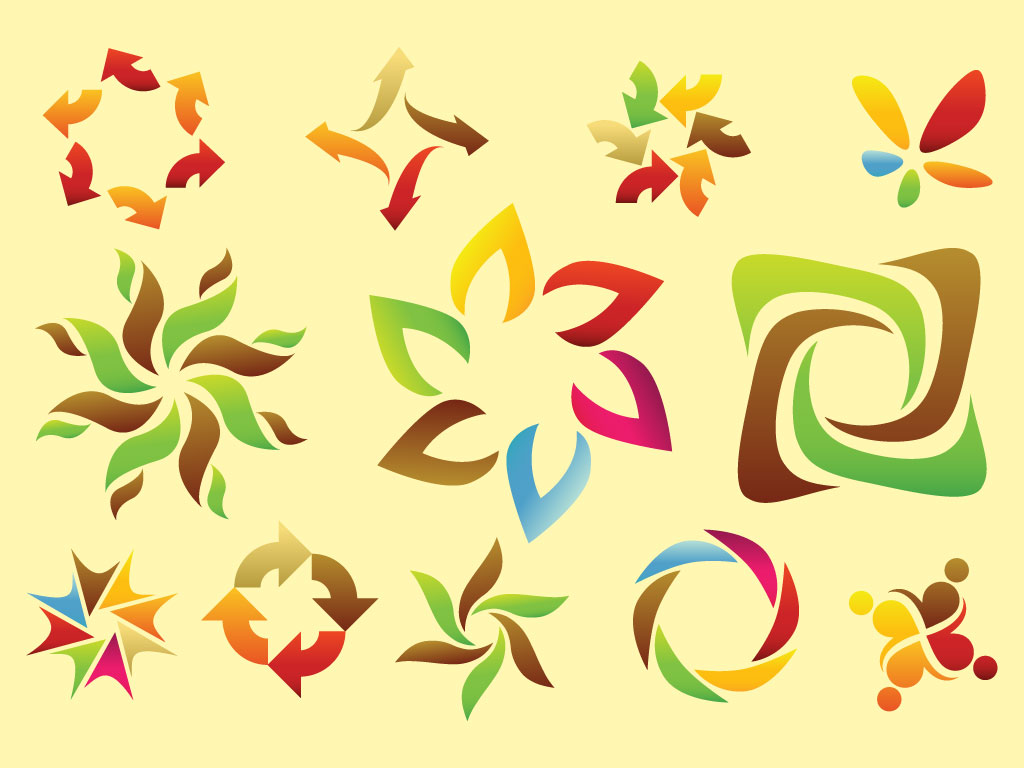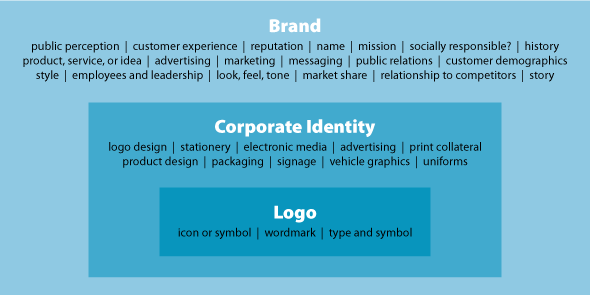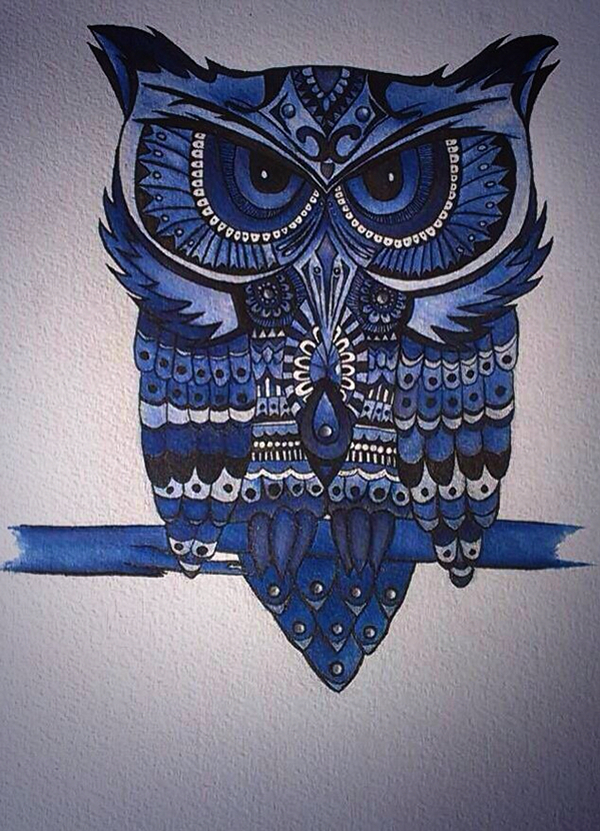Motion Graphics Research
Below are some video that i thought are great for motion graphics. Not because of the way they look but the combination of images/graphics and sounds used to make them what they are.
These animated icons give a feeling of a motion graphic but they are simple
and don’t have much information they are animated very smoothly and the color choice is bright, its very eye catching.
Very simple flat colors and use of 3D imaginary and making it seem like its
stop motion, it could be at some points but other points you can tell 3D was used
too. The combination of the two is very impressive and matches together nicely.
Some more videos that couldn't be embedded
Cloudy With a Chance of Meatballs ending credits. how it was made - i found this link to the website where they explain how they created the ending credits to a movie called "Cloudy with a chance of meatballs" it very interesting to see how they made it using different layers and planes for the characters and backgrounds, they just use d a combination of Photoshop and after effects essentially, and i think this is the best route i will be able to do in a similar fashion and in know how they did it.

Left Brain vs Right Brain
i have chosen to talk about left vs right brain project and will make it into a motion graphic in after effects. There is some theory behind them matter of the subject.

Have you ever heard people say that they tend to be more of a right-brain or left-brain thinker? From books to television programs, you've probably heard the phrase mentioned numerous times or perhaps you've even taken an online test to determine which type best describes you. Given the popularity of the idea of "right brained" and "left brained" thinkers, it might surprise you learn learn that this idea is just one of many myths about the brain.
What Is Left Brain - Right Brain Theory?
According to the theory of left-brain or right-brain dominance, each side of the brain controls different types of thinking. Additionally, people are said to prefer one type of thinking over the other. For example, a person who is "left-brained" is often said to be more logical, analytical, and objective, while a person who is "right-brained" is said to be more intuitive, thoughtful, and subjective.
In psychology, the theory is based on what is known as the lateralization of brain function. So does one side of the brain really control specific functions? Are people either left-brained or right-brained? Like many popular psychology myths, this one grew out of observations about the human brain that were then dramatically distorted and exaggerated.
The right brain-left brain theory originated in the work of Roger W. Sperry, who was awarded the Nobel Prize in 1981. While studying the effects of epilepsy, Sperry discovered that cutting the corpus collosum (the structure that connects the two hemispheres of the brain) could reduce or eliminate seizures.
However, these patients also experienced other symptoms after the communication pathway between the two sides of the brain was cut. For example, many split-brain patients found themselves unable to name objects that were processed by the right side of the brain, but were able to name objects that were processed by the left-side of the brain. Based on this information, Sperry suggested that language was controlled by the left-side of the brain.
Later research has shown that the brain is not nearly as dichotomous as once thought. For example, recent research has shown that abilities in subjects such as math are actually strongest when both halves of the brain work together. Today, neuroscientists know that the two sides of the brain work together to perform a wide variety of tasks and that the two hemispheres communicate through the corpus collosum.
"No matter how lateralized the brain can get, though, the two sides still work together," science writer Carl Zimmer explained in an article for Discover magazine. "The pop psychology notion of a left brain and a right brain doesn’t capture their intimate working relationship. The left hemisphere specializes in picking out the sounds that form words and working out the syntax of the words, for example, but it does not have a monopoly on language processing. The right hemisphere is actually more sensitive to the emotional features of language, tuning in to the slow rhythms of speech that carry intonation and stress."
In one study by researchers at the University of Utah, more 1,000 participants had their brains analyzed in order to determine if they preferred using one side over the other. The study revealed that while activity was sometimes higher in certain important regions, both sides of the brain were essentially equal in their activity on average.
“It’s absolutely true that some brain functions occur in one or the other side of the brain. Language tends to be on the left, attention more on the right. But people don’t tend to have a stronger left- or right-sided brain network. It seems to be determined more connection by connection," explained the study's lead author Dr. Jeff Anderson.
While the idea of right brain / left brain thinkers has been debunked, its popularity persists. So what exactly did this theory suggest?
The Right Brain
According to the left-brain, right-brain dominance theory, the right side of the brain is best at expressive and creative tasks. Some of the abilities that are popularly associated with the right side of the brain include:
- Recognizing faces
- Expressing emotions
- Music
- Reading emotions
- Color
- Images
- Intuition
- Creativity
The Left Brain
The left-side of the brain is considered to be adept at tasks that involve logic, language and analytical thinking. The left-brain is often described as being better at:
- Language
- Logic
- Critical thinking
- Numbers
- Reasoning
So Why Do People Still Talk About Right-Brain, Left-Brain Theory?
Researchers have demonstrated that right-brain/left-brain theory is a myth, yet its popularity persists. Why? Unfortunately many people are likely unaware that the theory is outdated. Today, students might continue to learn about the theory as a point of historical interest - to understand how our ideas about how the brain works have evolved and changed over time as researchers have learned more about how the brain operates.
While over-generalized and overstated by popular psychology and self-help texts, understanding your strengths and weaknesses in certain areas can help you develop better ways to learn and study. For example, students who have a difficult time following verbal instructions (often cited as a right-brain characteristic) might benefit from writing down directions and developing better organizational skills. The important thing to remember if you take one of the many left brain/right brain quizzes that you will likely encounter online is that they are entirely for fun and you shouldn't place much stock in your results. Source
Decision making
Decisions. Decisions. Each day you make thousands of them. Many — what to eat for breakfast or what to wear to a friend’s party — have few, if any, long-lasting consequences. Others — whether to stay in school or look for work — can have a huge impact on the direction of your life.
Neuroscientists have long questioned how the human brain makes decisions, from where to gaze to complex moral judgments. Research suggests that the brain considers various sources of information before making a decision. But how does it do this? And why does the process sometimes go awry, causing us to make impulsive, indecisive, and confused decisions — the kinds that can lead to risky and potentially dangerous behaviors?
Neuroscientists have long questioned how the human brain makes decisions, from where to gaze to complex moral judgments. Research suggests that the brain considers various sources of information before making a decision. But how does it do this? And why does the process sometimes go awry, causing us to make impulsive, indecisive, and confused decisions — the kinds that can lead to risky and potentially dangerous behaviors?
Thanks to advances in technology, researchers are beginning to unravel the mysterious processes by which humans make decisions. New research is helping scientists develop:
- A deeper understanding of how the human brain reasons, plans, and solves problems.
- Greater insight into how sleep deprivation, drug abuse, neurological disorders, and other factors affect the decision-making process, suggesting new behavioral and therapeutic approaches to improve health.
Our brains appear wired in ways that enable us, often unconsciously, to make the best decisions possible with the information we’re given. In simplest terms, the process is organized like a court trial. Sights, sounds, and other sensory evidence are entered and registered in sensory circuits in the brain. Other brain cells act as the brain’s “jury,” compiling and weighing each piece of evidence. When the accumulated evidence reaches a critical threshold, a judgment — a decision — is made.
Where these judgments are made in the brain differs depending on the type of decision. For example, by studying stroke patients, researchers found that different parts of the frontal lobe, an area involved in planning and reasoning, are important in abstract and concrete decisions. People with stroke damage in the front of this brain region had trouble with abstract decisions, such as deciding to wash dishes, whereas people with damage in the back had trouble with concrete decisions, like the selection of physical movements during dishwashing. Other researchers studying monkeys found that decisions based on visual information rely on the parietal lobe, which integrates evidence supplied by the senses.
In these different brain regions, research shows that decisions result from rapid and complex probability calculations in brain cells called neurons. In one study, monkeys played a video game that required them to determine which of two possible directions a moving display of random dots was headed. If a monkey guessed the direction correctly — by gazing at one of the two targets — it received a reward. As the monkey made its decisions, researchers recorded the electrical activity of neurons in the parietal lobe, and found that it closely correlated with the monkey’s decisions. In fact, the researchers could predict the monkey’s choices based solely on brain cell activity.
Neuronal activity in the parietal lobe not only accurately predicted the monkey’s choice, but also the certainty with which the decision was made. In addition to trying to select the correct target for a big reward, the monkeys were able to choose a fixed target, which guaranteed a smaller, less desirable reward. When the monkey lacked confidence in its target selection, it chose the sure bet, and the brain cell activity in its parietal lobe changed, suggesting these cells also indicate the monkey’s confidence level.
What happens when we change our minds? Scientists have found that when a decision goes wrong and things turn out differently than expected, the orbitofrontal cortex, located at the front of the brain behind the eyes, responds to the mistake and helps us alter our behavior. Interestingly, researchers have found that cocaine addicts, who are often unable to weigh the rewards of drug use against its costs, show impairments of the orbitofrontal cortex.
In addition to drug abuse, other factors can cause the decision-making mechanisms in the brain to go awry, leading to risky or even dangerous behaviors. One study found, for example, that losing a full night’s sleep caused people to adopt much riskier-than-normal gambling strategies. Source
All these findings indicate how much researchers have learned and how much is yet to be learned about how and why we make decisions, one of our most complex and essential human behaviors.
Where these judgments are made in the brain differs depending on the type of decision. For example, by studying stroke patients, researchers found that different parts of the frontal lobe, an area involved in planning and reasoning, are important in abstract and concrete decisions. People with stroke damage in the front of this brain region had trouble with abstract decisions, such as deciding to wash dishes, whereas people with damage in the back had trouble with concrete decisions, like the selection of physical movements during dishwashing. Other researchers studying monkeys found that decisions based on visual information rely on the parietal lobe, which integrates evidence supplied by the senses.
In these different brain regions, research shows that decisions result from rapid and complex probability calculations in brain cells called neurons. In one study, monkeys played a video game that required them to determine which of two possible directions a moving display of random dots was headed. If a monkey guessed the direction correctly — by gazing at one of the two targets — it received a reward. As the monkey made its decisions, researchers recorded the electrical activity of neurons in the parietal lobe, and found that it closely correlated with the monkey’s decisions. In fact, the researchers could predict the monkey’s choices based solely on brain cell activity.
Neuronal activity in the parietal lobe not only accurately predicted the monkey’s choice, but also the certainty with which the decision was made. In addition to trying to select the correct target for a big reward, the monkeys were able to choose a fixed target, which guaranteed a smaller, less desirable reward. When the monkey lacked confidence in its target selection, it chose the sure bet, and the brain cell activity in its parietal lobe changed, suggesting these cells also indicate the monkey’s confidence level.
What happens when we change our minds? Scientists have found that when a decision goes wrong and things turn out differently than expected, the orbitofrontal cortex, located at the front of the brain behind the eyes, responds to the mistake and helps us alter our behavior. Interestingly, researchers have found that cocaine addicts, who are often unable to weigh the rewards of drug use against its costs, show impairments of the orbitofrontal cortex.
In addition to drug abuse, other factors can cause the decision-making mechanisms in the brain to go awry, leading to risky or even dangerous behaviors. One study found, for example, that losing a full night’s sleep caused people to adopt much riskier-than-normal gambling strategies. Source
All these findings indicate how much researchers have learned and how much is yet to be learned about how and why we make decisions, one of our most complex and essential human behaviors.
The decision making process of the human brain is a series of connections strung together to come to a final result. The movement happens in a front to back direction, with important components at each level. According to the DANA Foundation, if one part of the decision making process is damaged, the process shuts down stopping the brain’s decision making abilities.
Human behavior also effects the final decision making process, with small influences such as mood, circumstances, and conditions playing a part. The brain sometimes challenges itself, causing arguments amongst its regions when coming to a final decision. Through a series of clever experiments conducted by Princeton University psychologists, participants were challenged with various frustrations when asked to make decisions, such as questionable information, hard to decipher directions, and other influences. Their findings showed that often participants used their emotional, gut-reaction, other than relying on their controlled, rational decision making skills.
No matter how your brain comes to your final decision, take the time to feel good about how you got there. Your brain is a wonderful thing and when you feel positive that you come to making a final conclusion, it benefits making future decisions.
Storyboards
Storyboards are using to help show the motion of the video that has or will be created, they are like sketches or interpretations of the video in a simple form only to be used as a guideline as how the video will look, what scenes and characters will take place and how it all comes together essentially.
Storyboards can come in many shapes and forms, they can be stick man drawings and simple sketches or they can be images that are placed together to show the video form.
Storyboards are using to help show the motion of the video that has or will be created, they are like sketches or interpretations of the video in a simple form only to be used as a guideline as how the video will look, what scenes and characters will take place and how it all comes together essentially.
Storyboards can come in many shapes and forms, they can be stick man drawings and simple sketches or they can be images that are placed together to show the video form.
We have been asked to create 20 frame storyboard for our motion graphic, i have chosen to have 10 on one image with another final 10 on another, this saves me time and space to show them and i can represent them in a presentable format.
i will be using simple shapes and boxes to show the graphics and what motion they will be going through, i have chosen to do the left vs right brain summer project as a motion graphic and will be adding the graphics to the boxes to show them.
I have added some sketches to the sketch book provided, these i cannot show as i do not have a good camera or scanner to import them into the blog.
here are the first 10 frames of the motion graphic
As you can see i used simple shapes and one colour to represent my ideas, i will be only using shapes as its for the basis of the motion graphic and i do not need actual graphics. its more simpler to work with and as long as i get the storyboard, its fine.
and here it is continuing from the previous 10 frames
as you can see i used arrows to show the direction of my graphics and text the way they come in and fly in.
Since i have done more research i have come across multiple quiz's to find out which mind sided you are, left or right and that gave me an idea to make the video a quiz by the end of it you will fond out which mind sided you are.
http://braintest.sommer-sommer.com/en/
This quiz is nicely presented, i may use the idea behind the quiz to make my own and find more on-line to base mine off.
i have updated my storyboard this is the 3rd version its the quiz version
i will be using simple shapes and boxes to show the graphics and what motion they will be going through, i have chosen to do the left vs right brain summer project as a motion graphic and will be adding the graphics to the boxes to show them.
I have added some sketches to the sketch book provided, these i cannot show as i do not have a good camera or scanner to import them into the blog.
here are the first 10 frames of the motion graphic
As you can see i used simple shapes and one colour to represent my ideas, i will be only using shapes as its for the basis of the motion graphic and i do not need actual graphics. its more simpler to work with and as long as i get the storyboard, its fine.
and here it is continuing from the previous 10 frames
as you can see i used arrows to show the direction of my graphics and text the way they come in and fly in.
Since i have done more research i have come across multiple quiz's to find out which mind sided you are, left or right and that gave me an idea to make the video a quiz by the end of it you will fond out which mind sided you are.
http://braintest.sommer-sommer.com/en/
This quiz is nicely presented, i may use the idea behind the quiz to make my own and find more on-line to base mine off.
i have updated my storyboard this is the 3rd version its the quiz version




